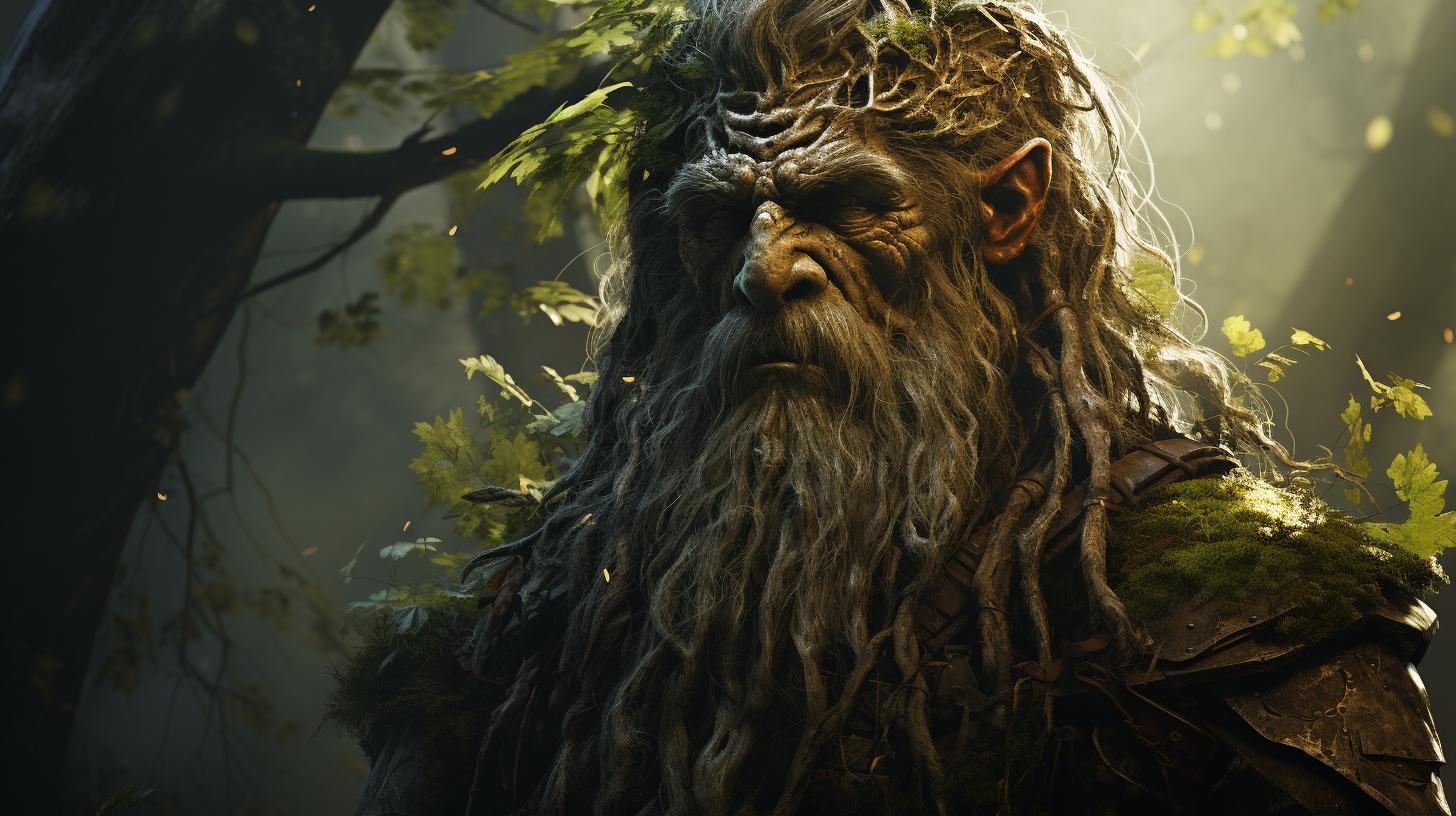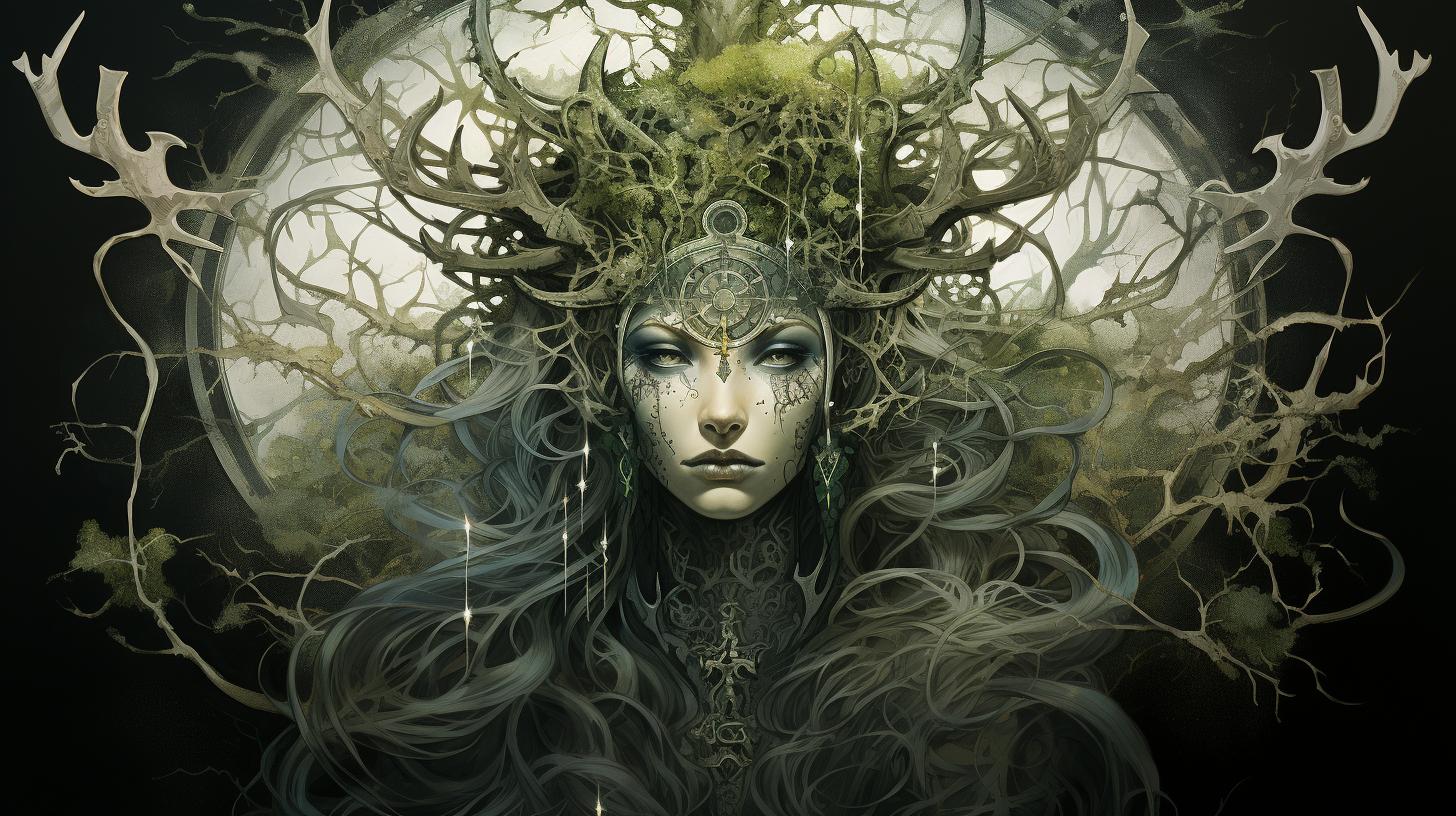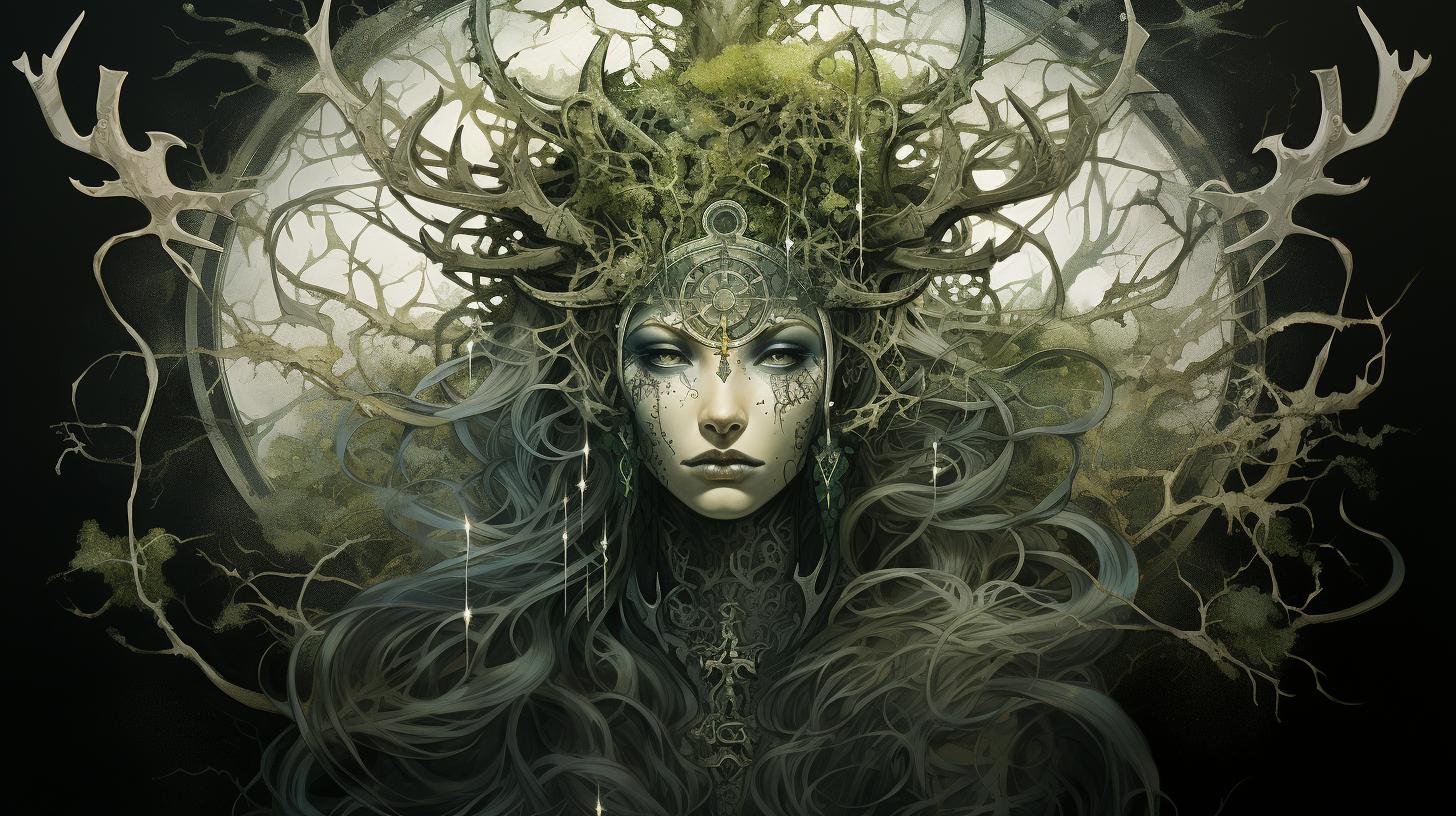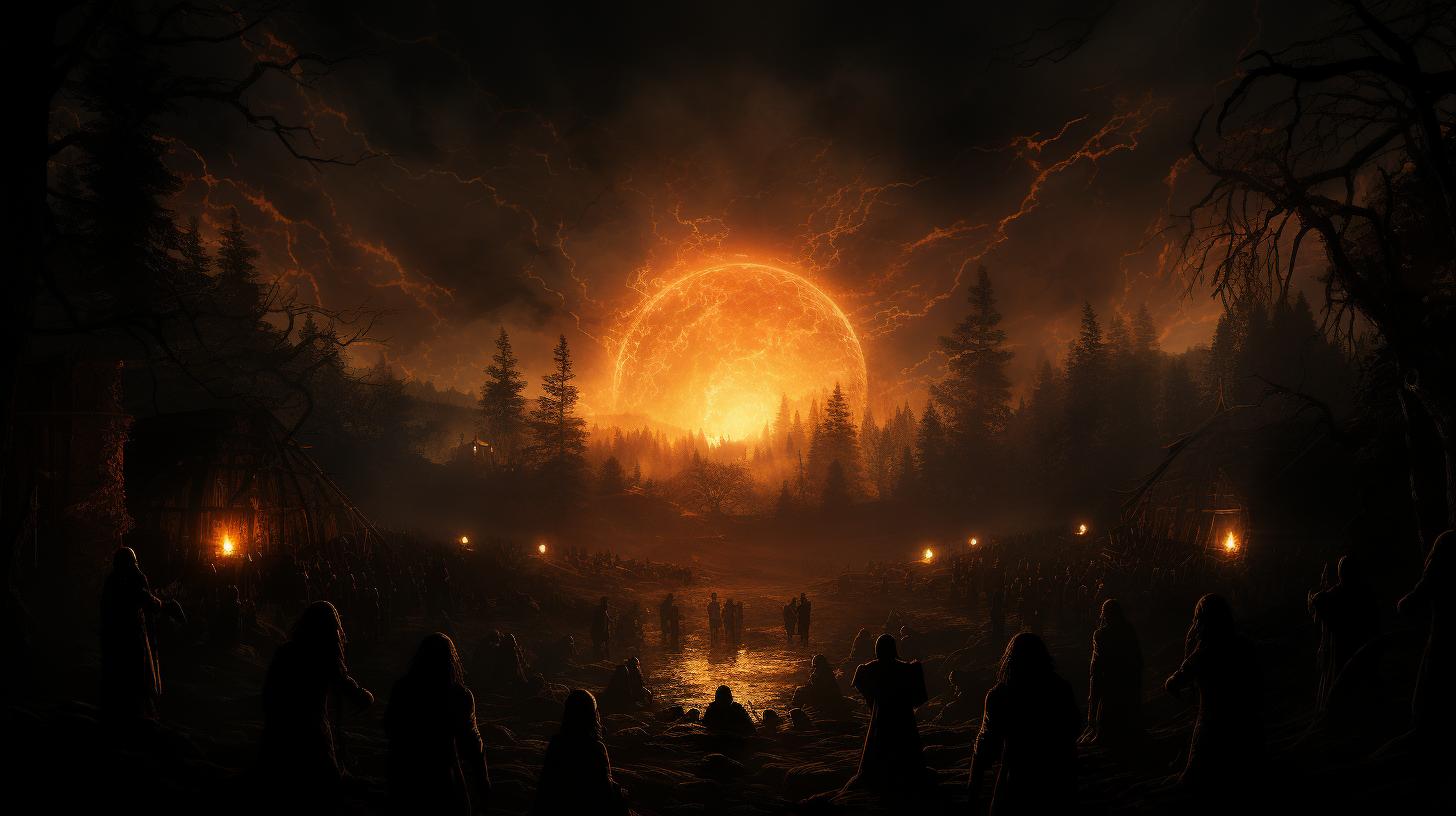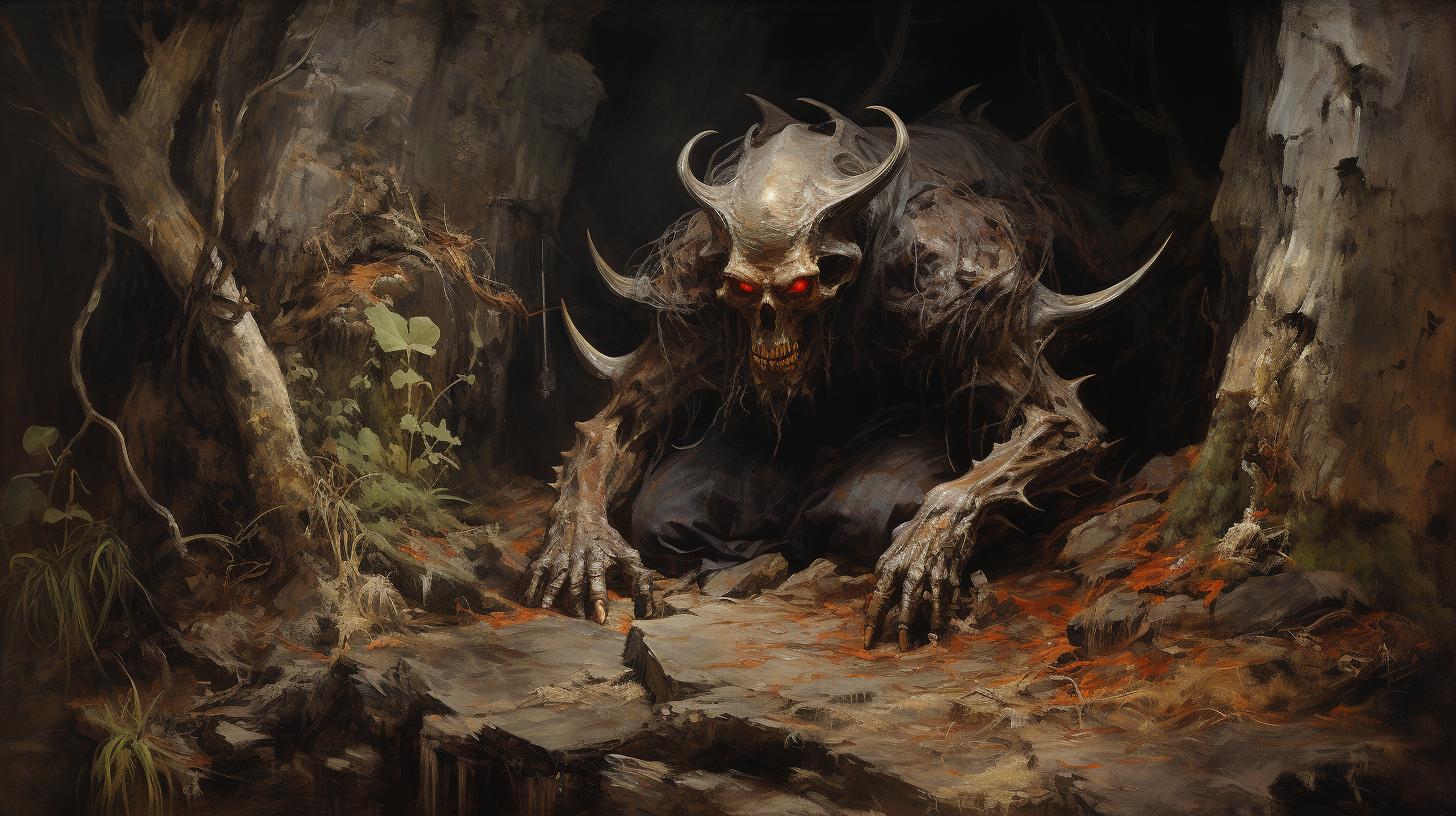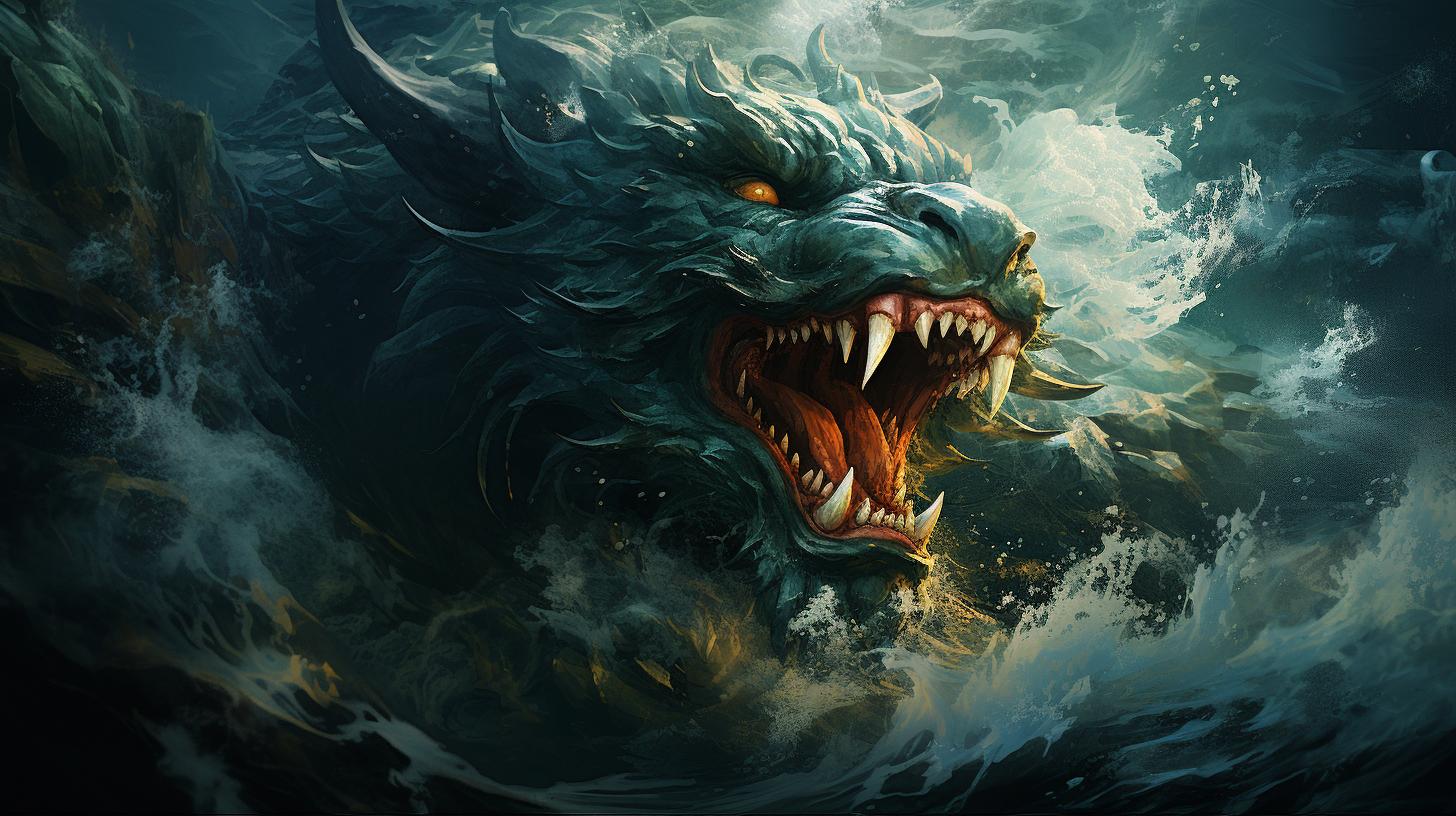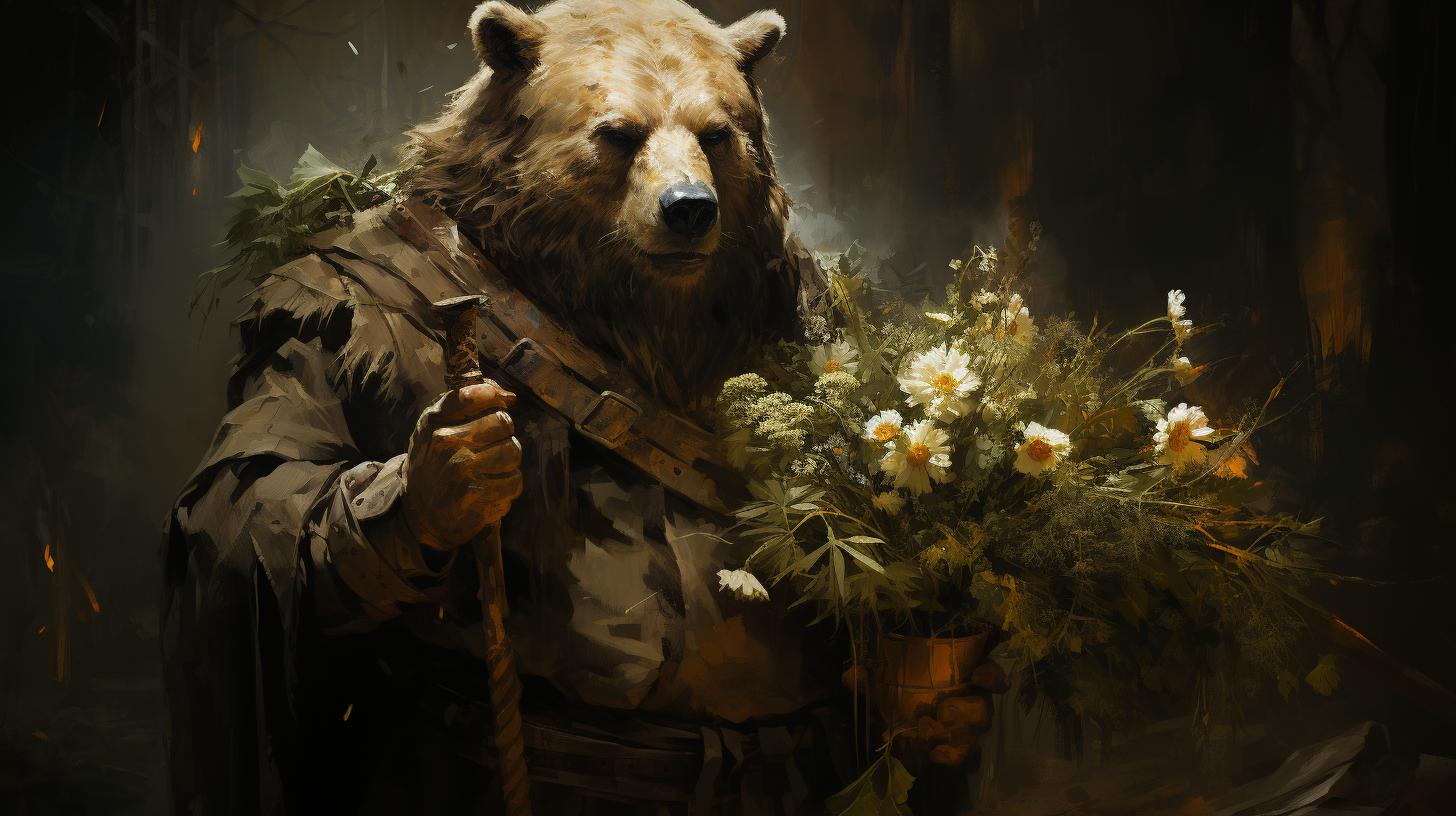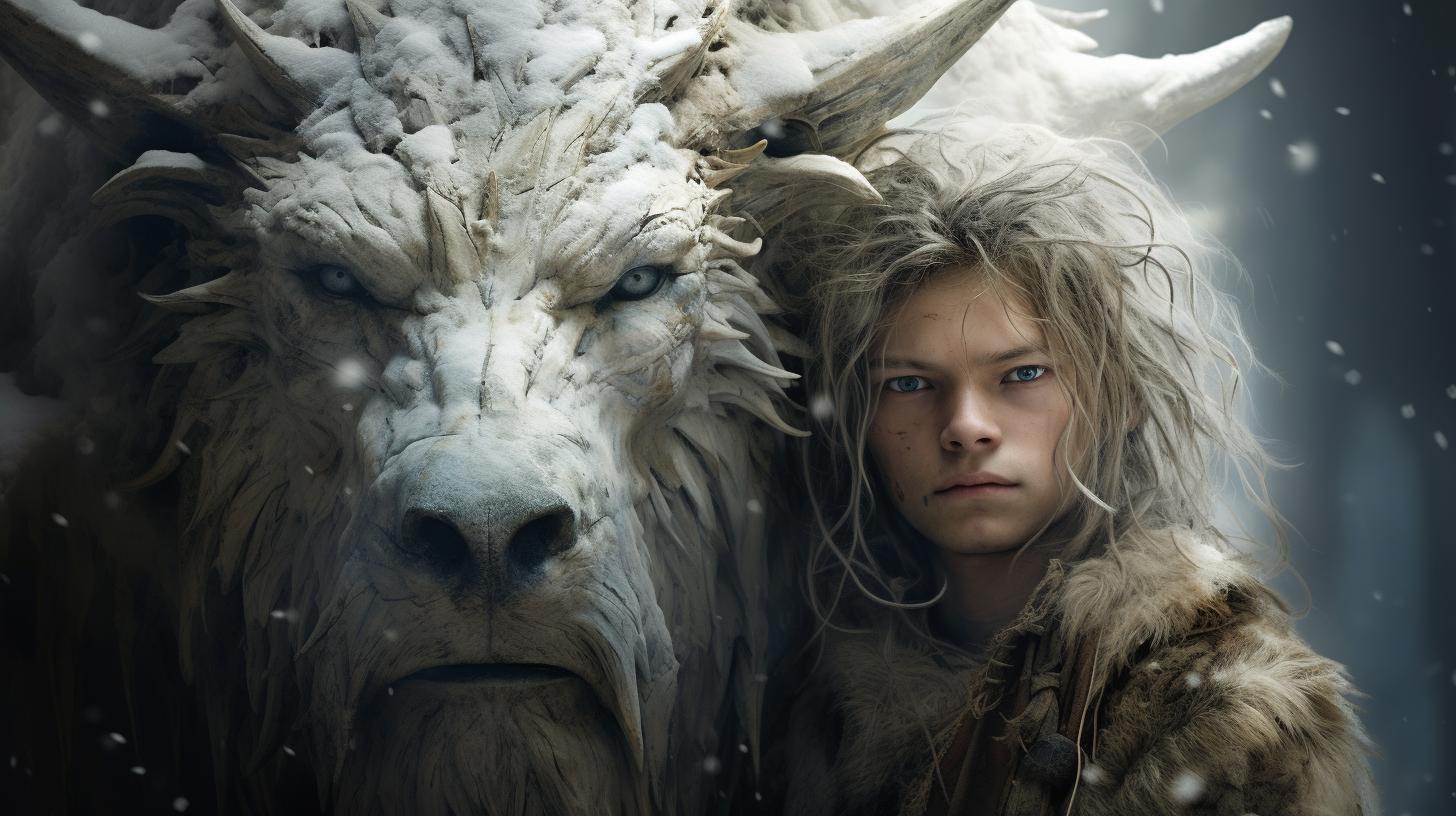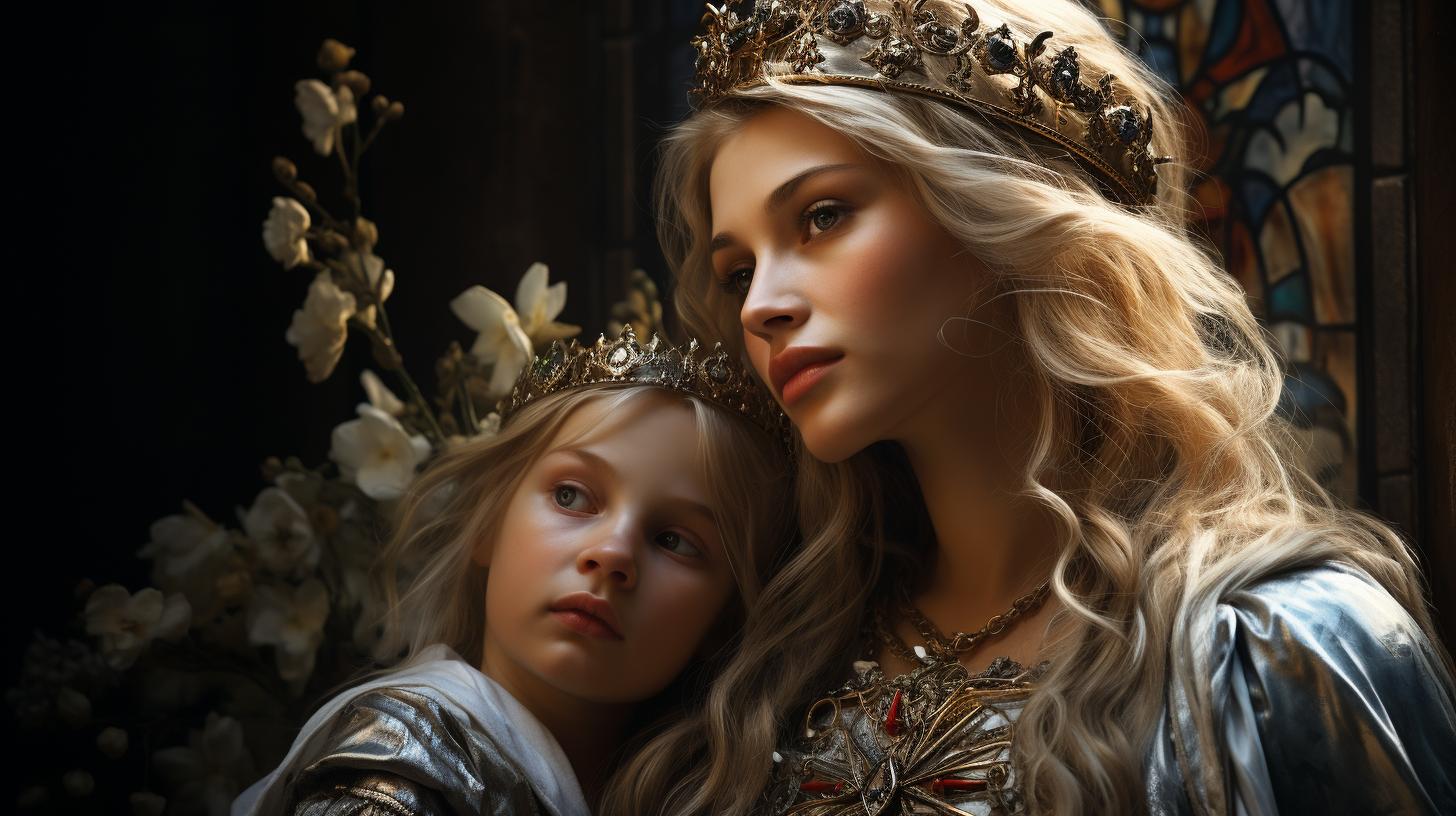Kaleva Hero: Exploring the Mythology and Legends of America
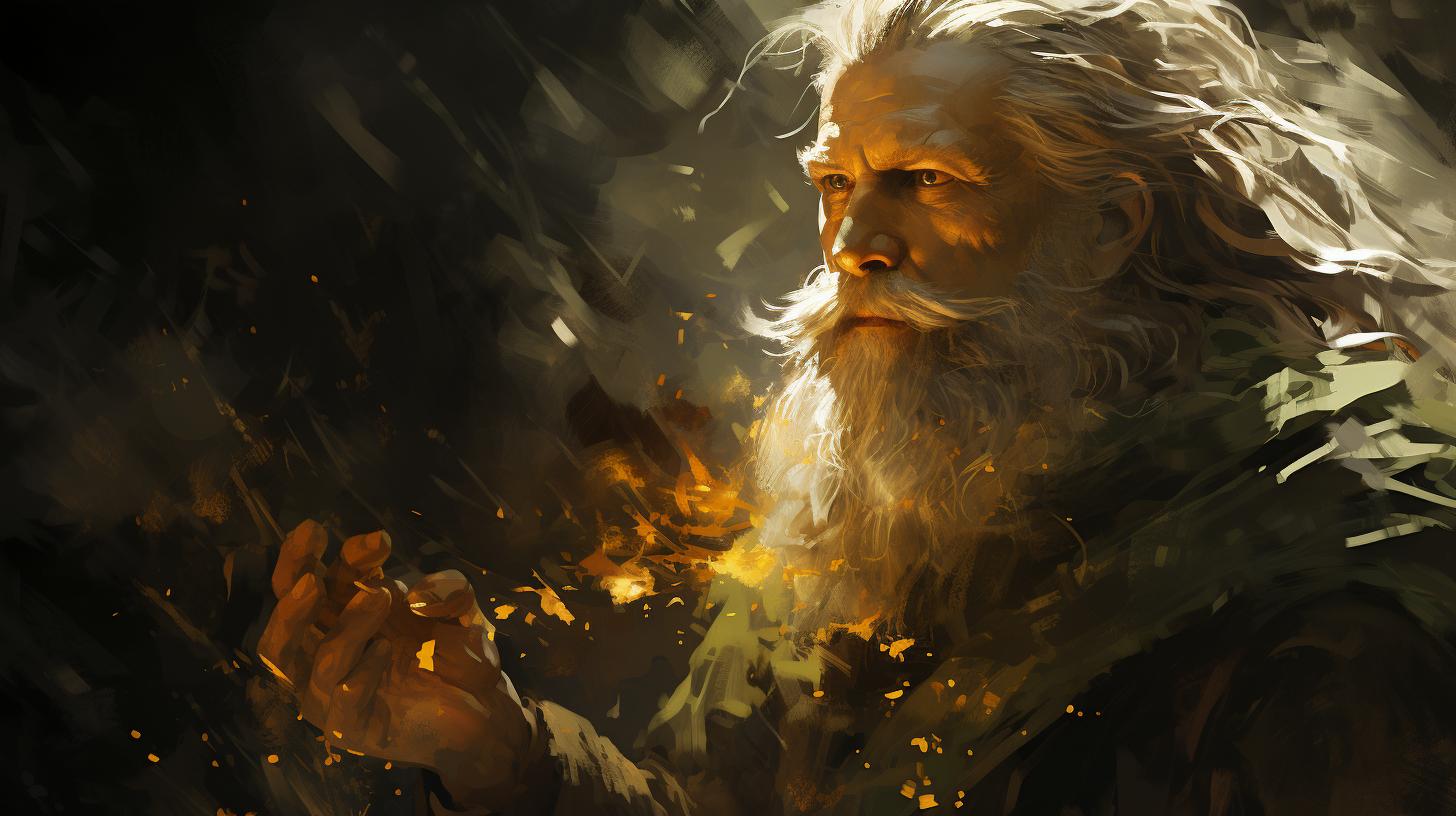
Kaleva Hero, a fascinating mythology and folklore theme, encompasses a wide range of characters and deities. From powerful Archangels like Michael and Lucifer to revered gods like Zeus and Odin, and even malevolent demons such as Satan and Beelzebub.
Enter a world of eldritch beings like Cthulhu and Nyarlathotep, along with monstrous creatures such as vampires and dragons. At the heart of it all lies the enigmatic figure of Kaleva, the Goddess of Beasts, Fertility, Healing, Transformation, and Combat.
Explore her legend, powers, battles, and the worship she inspires in Valamon’s Kalevan tribes, known as the Norvaalans.
The Origins of Kaleva
Kaleva, a captivating figure in mythology and folklore, holds a rich history with origins deeply rooted in ancient tales and legends. Exploring Kaleva’s origins sheds light on the mythical realm that surrounds this enigmatic hero.
Delving into Kaleva’s mythology and folklore, the deities, demons, and eldritch beings associated with her, we can unravel the captivating narrative that encompasses her story.
Kaleva in Mythology and Folklore
Within the vast tapestry of mythology and folklore, Kaleva emerges as a prominent figure, revered for her intriguing and multifaceted nature. Across various cultures and traditions, Kaleva’s legend is celebrated and holds significant influence.
From her ancient roots to her enduring presence, Kaleva’s mythology captivates audiences, inspiring tales of heroism, transformation, and divine power.
Exploring the Deities of Kaleva
One key aspect of Kaleva’s origins lies in her association with a pantheon of deities. These divine beings, such as Zeus, Odin, Ra, and Izanagi, embody the essence of power and worship across different traditions and regions.
Discovering the roles and relationships of these deities in Kaleva’s mythology provides insights into the intricate tapestry of divine intervention and the forces that shape her story.
Understanding the Demons of Kaleva
In the realm of Kaleva, a dark and malevolent presence emerges through the demons that epitomize evil and darkness.
From Satan to Beelzebub and Leviathan, these dark entities possess a significant role in shaping the narrative and challenging Kaleva’s divine powers. Gaining a deeper understanding of these demons allows for a comprehensive exploration of the conflict between light and dark within Kaleva’s mythological universe.
Unveiling the Eldritch Beings of Kaleva
Within the esoteric realm of Kaleva, beings of unearthly nature, known as eldritch beings, dwell. These incomprehensible and terrifying entities, including Cthulhu, Dagon, and Yog-Sothoth, haunt the depths of human consciousness.
Unveiling the mysteries surrounding these eldritch beings provides insights into the cosmic forces that govern Kaleva’s world and the powers she must ultimately confront.
Kaleva Hero: The Goddess and Her Attributes
The Legend of Kaleva
Kaleva, a prominent deity in the Kaleva hero theme, has a captivating legend surrounding her.
This legend speaks of her rise to power as the third goddess to ascend, following Asphodel and Solonn. Known as the Goddess of Beasts, Fertility, Healing, Transformation, Combat, and the Mother of All, Kaleva is both fierce and loyal.
She is renowned for her love of battle and known as the ‘Goddess of War and Sex’.
The Divine Powers of Kaleva
As the Goddess of numerous domains, Kaleva possesses incredible divine powers. She grants fertility, heals the wounded, guides transformations, and protects her followers in battle. Her abilities extend to controlling and communicating with beasts, establishing territories, and engaging in combat with formidable foes.
Kaleva’s divine influence resonates through her worshippers, instilling courage and strength in their quests.
The Physical Appearance of Kaleva
In the realm of aesthetics, Kaleva is described as an imposing figure. Standing tall with fiery red hair, she bears a resemblance to a bear, a symbol of her strength and ferocity.
Always present on her back is her mighty axe, Ragnarok, a weapon that signifies her power and unwavering determination.
Kaleva’s Role in Battle and Fertility
Kaleva’s significance in battle is immense, as she is skilled in combat and revered as a courageous warrior. She guides her followers through conquests and protects them in their endeavors. Additionally, Kaleva’s connection to fertility ensures the prosperity and abundance of her people, offering blessings for successful harvests, healthy pregnancies, and the growth of communities.
Witness the saga of Kaleva unfold as her empowering attributes shape the mythos of the Kaleva hero theme, leaving a resounding impact on those who honor her.
The Clashes and Conquests of Kaleva
As Jarl, Kaleva led her people with strength and wisdom, ensuring the security and legitimacy of her clan’s region.
Her leadership prowess was unmatched, and she commanded respect from her warriors and allies.
Kaleva’s Leadership as Jarl
Under Kaleva’s guidance, the Norvaalans flourished and expanded their territory. As a fearless leader, she instilled courage and discipline in her warriors, inspiring them to greatness on the battlefield. Her strategic brilliance and tactical acumen led her forces to victory in numerous conquests and skirmishes.
Battles Against Ancient Fae and Rakshasa Devas
Kaleva faced formidable adversaries in her clashes with the Ancient Fae and Rakshasa Devas. These mythical beings presented formidable challenges, but Kaleva’s unwavering determination and unmatched combat skills secured many triumphs against them.
Her battles were legendary, and tales of her valor spread far and wide, solidifying her reputation as a formidable warrior.
Rituals and Practices in Kaleva’s Mythology
Kaleva’s mythology encompasses a rich tapestry of rituals and practices. One of the most significant is the consumption of the flesh of fallen enemies, a ritual believed to infuse warriors with the strength and spirit of their defeated foes.
This macabre tradition symbolizes the fierce determination and indomitable spirit of Kaleva and her warriors.
The Twelve Tribes of Kaleva
Kaleva, the revered deity, laid the foundation for the establishment of twelve tribes. Each tribe, founded by one of Kaleva’s twelve children, possessed unique strengths and characteristics. From Juulnir and Silas to Gundula Vekk of Dolmengaard and Nikka of Tuurilselden, these tribes held immense importance in the Kalevan pantheon and played pivotal roles in Kaleva’s conquests.
The Clashes and Conquests of Kaleva form an integral part of the epic narrative surrounding this legendary deity. The tales of her leadership, battles against mythical beings, mythological rituals, and the tribes she founded continue to inspire and captivate those who delve into the rich mythology of Kaleva.
The Worship and Devotion of Kaleva
The Cult of Kaleva
The worship of Kaleva, the revered Goddess of Beasts and Fertility, has given rise to a devoted cult centered around her divine presence and teachings. Followers of Kaleva, known as Kalevans, find solace and guidance in the sacred rituals and practices dedicated to their revered deity.
Tribes of Valamon and Norvaalans
The tribes of Valamon, particularly the Norvaalans, hold a special place in the worship and devotion of Kaleva. Predominantly human, these tribes have embraced other species into their community as long as they honor and uphold the teachings and beliefs of Kaleva, creating a diverse and inclusive religious affiliation.
Kaleva’s Teachings and Followers
- The Wisdom of Balance: Kaleva’s teachings emphasize the importance of maintaining equilibrium between one’s primal instincts and the cultivation of compassion and empathy.
- The Connection with Nature: Followers of Kaleva revere nature as a sacred entity, understanding the interconnectedness between all living beings and the environment.
- The Path of Transformation: Kaleva encourages her followers to embark on a journey of personal growth and self-transformation, embracing change and embracing their true potential.
- The Bonds of Community: The worship of Kaleva fosters a sense of community and unity among her followers, emphasizing the values of cooperation, support, and the celebration of diversity.
Rituals and Ceremonies in Honor of Kaleva
The worship of Kaleva is marked by a variety of rituals and ceremonies, each designed to honor and express devotion to the goddess.
These sacred practices include:
- The Dance of Transformation: A ritualistic dance that symbolizes the transformative power of Kaleva’s influence, taking participants through a journey of spiritual growth and self-discovery.
- The Ceremony of Fertility: An annual ceremony conducted to invoke Kaleva’s blessings for abundance, prosperity, and the vitality of the land, ensuring a fruitful harvest.
- The Rite of Combat: A ritual combat held in the name of Kaleva, signifying the goddess’s association with battle and the triumph of justice and honor in the face of adversity.
- The Offering of Gratitude: Devotees pay their respects to Kaleva through offerings of food, flowers, and symbolic items, expressing gratitude for her guidance, protection, and blessings.
Through the cultivation of a devoted cult, the tribes of Valamon and Norvaalans perpetuate the worship and devotion of Kaleva, incorporating her teachings, rituals, and values into their daily lives, ensuring the preservation of her revered legacy.
.











